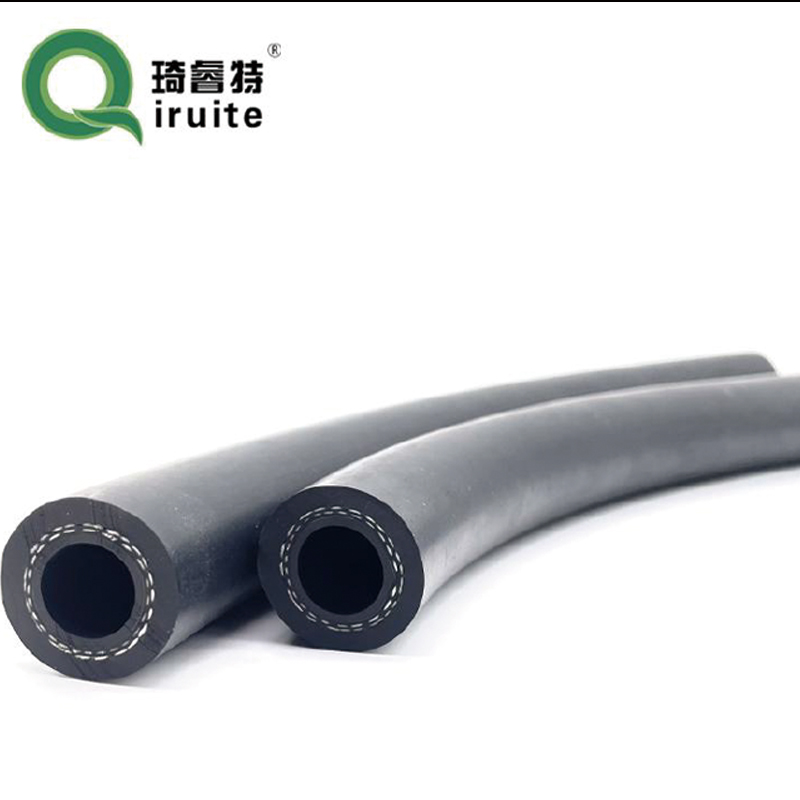Brake Line Connections and Fittings Maintenance Tips for Optimal Performance
Understanding Brake Lines and Fittings Essential Components of Automotive Safety
In the realm of automotive maintenance and repair, the importance of brake lines and fittings cannot be overstated. These components are critical to the effective operation of a vehicle's braking system, which is one of the most crucial safety features in any automobile. In this article, we will delve into what brake lines and fittings are, their functions, the types available, and the significance of ensuring their integrity.
What Are Brake Lines?
Brake lines are flexible or rigid tubes that transport brake fluid from the master cylinder to the brake components at each wheel. They are essential for transferring the hydraulic pressure generated when the brake pedal is pressed, which allows the vehicle to slow down or stop. There are two main types of brake lines rubber lines and metal lines.
Rubber Brake Lines These are typically used in the flexible connections between the body of the vehicle and the wheels. Rubber brake lines are designed to withstand the exposure to high temperatures and pressures, allowing for some flex as the vehicle’s suspension moves. However, over time, these rubber lines can degrade due to heat, ozone exposure, and moisture absorption, leading to potential leaks.
Metal Brake Lines Usually made from materials such as steel or copper, metal lines are less flexible but are preferred for fixed connections because of their durability. They are less prone to wear compared to rubber lines, but can still suffer from corrosion if not adequately protected.
The Role of Brake Fittings
Brake fittings are the small, yet crucial, components that connect the brake lines to other parts of the braking system. These fittings can include connectors, unions, and adapters, and they ensure that there are no leaks in the brake system. Like brake lines, fittings must be strong and reliable, as they are subject to significant pressure and must withstand the harsh conditions of the automotive environment.
Different types of brake fittings include compression fittings, flare fittings, and banjo fittings, each serving distinct purposes and offering various advantages.
brake line and fittings

- Compression Fittings Commonly found in PVC and other plastic piping applications, compression fittings are less frequent in brake systems, where sealed joints are critical. - Flare Fittings Widely used in automotive applications, flare fittings create a seal by flaring the end of the tubing, providing a reliable connection that can handle high pressure.
- Banjo Fittings These fittings allow for a compact connection especially useful in tight spaces, typically involving a bolt and a hollow fitting shaped like a banjo.
Effectively, brake fittings can impact the overall performance and safety of the braking system. Ensuring they are in good condition is vital to avoid potentially hazardous situations.
The Importance of Brake Line and Fitting Maintenance
Regular maintenance of brake lines and fittings is crucial for automotive safety. It is advisable for vehicle owners to have their brake systems inspected routinely, focusing on the integrity of both the brake lines and fittings. Signs that may indicate a problem include spongy brakes, a decrease in braking efficiency, or visible leaks of brake fluid.
To maintain brake lines, it is important to check for signs of wear, corrosion, or physical damage. Any leak or weakness should be addressed immediately to prevent brake failure. Similarly, fittings should be inspected for proper tightness and signs of wear or corrosion.
Conclusion
Brake lines and fittings play an indispensable role in ensuring the safety and effectiveness of a vehicle’s braking system. They are responsible for the safe transmission of brake fluid, and their reliability directly affects a driver’s ability to control the vehicle. As such, regular inspection and maintenance cannot be neglected. By investing time and resources into the upkeep of these critical components, vehicle owners can significantly enhance their safety on the road, offering peace of mind and potentially saving lives.
In the automotive sector, knowledge and understanding of components such as brake lines and fittings can empower vehicle owners to take proactive stances on maintenance, ultimately making safer choices for themselves and others.
-
Ultimate Spiral Protection for Hoses & CablesNewsJun.26,2025
-
The Ultimate Quick-Connect Solutions for Every NeedNewsJun.26,2025
-
SAE J1401 Brake Hose: Reliable Choice for Safe BrakingNewsJun.26,2025
-
Reliable J2064 A/C Hoses for Real-World Cooling NeedsNewsJun.26,2025
-
Heavy-Duty Sewer Jetting Hoses Built to LastNewsJun.26,2025
-
Fix Power Steering Tube Leaks Fast – Durable & Affordable SolutionNewsJun.26,2025

